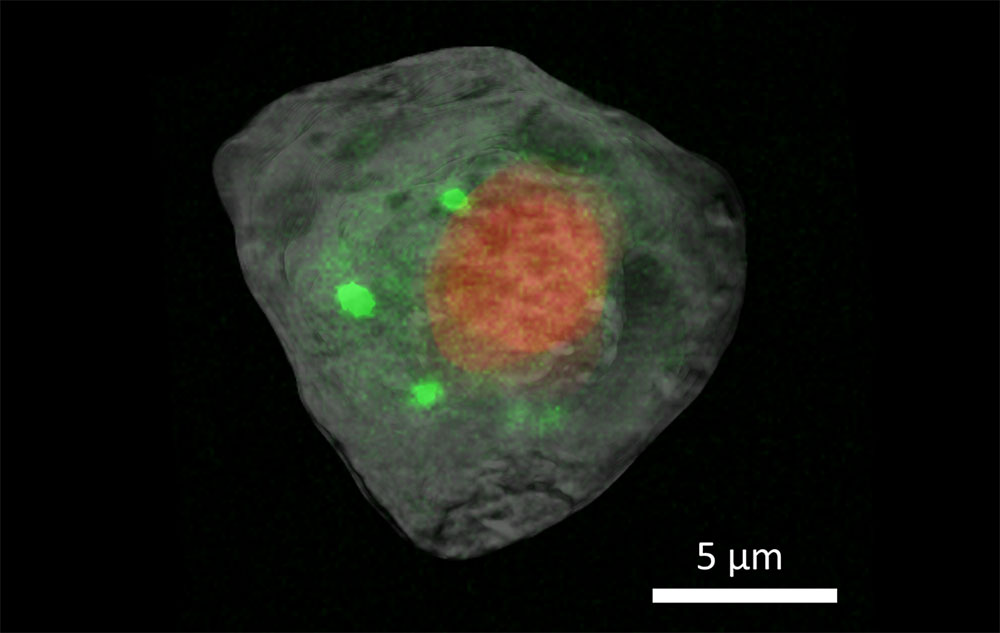A New Way to Make Element 116 Opens the Door to Heavier Atoms
Lawrence Berkeley National LaboratoryResearchers at Berkeley Lab’s 88-Inch Cyclotron successfully made superheavy element 116 using a beam of titanium-50. That milestone sets the team up to attempt making the heaviest element yet: 120.






